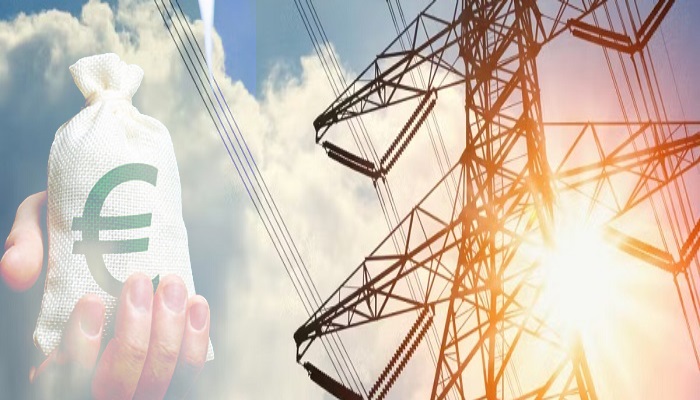No matter how many heat pumps, electric vehicles (EVs), solar farms, wind turbines, and other renewable energy technologies are sold and deployed in Europe, there’s no guarantee that the region will meet its electrification targets if the electricity grids are not adequately prepared to integrate them. As explained by Eurelectric, supported by several of its studies, the distribution grids in Europe are old, lack the necessary capacity, face cumbersome permitting processes, and require a substantial multi-billion-euro investment to modernize. At the same time, the existing grids can be improved through optimization, digitalization, and greater flexibility to manage and distribute electrical loads efficiently, thus maximizing efficiency. Data sharing among system operators, market participants, and national authorities is crucial for better decision-making and planning.
Europe’s energy transition heavily relies on outdated electricity grids. Currently, the capacity of our copper cables to accommodate mass electrification and achieve higher decarbonization goals is limited. Lawmakers must adopt a forward-looking approach to ensure the resilience and readiness of electricity networks for the future.
Eurelectric’s recent grid report outlines how the ongoing reform of the electricity market design can put this forward-looking approach into action by incentivizing proactive investments, long-term grid planning, digitalization, flexibility, and advanced data sharing.
Europe has ambitious targets for 2030. By that time, it’s expected that there will be approximately 50 to 60 million heat pumps, 65 to 70 million electric vehicles (EVs) and over 600 gigawatts of additional renewable energy capacity. Around 70% of this capacity will be directly connected to distribution grids, which are essential for the decarbonization of Europe. However, these distribution grids face capacity shortages, bureaucratic permitting processes, and insufficient investments.
Kristian Ruby, the Secretary-General at Eurelectric, emphasizes that “getting our electricity networks fit for net zero should be a top priority in the coming years, both at EU and national levels.” This requires a shift in mindset among regulators and legislators, which anticipates Europe’s capacity needs to integrate more renewable projects and accommodate the rapid electrification of transport, buildings, and industry.
The need for more capacity results in longer wait times for grid connections, congested areas, and higher costs for network users. To address this, Europe must strengthen and expand its grid infrastructure while optimizing existing capacity. Anticipatory planning for grid expansion is crucial to meet the electrification needs of the EU by 2030 and ensure a reliable electricity supply across Europe’s extensive power lines.
To bridge the €7 billion annual investment gap in electricity infrastructure in the EU, anticipatory investments should be integrated into the electricity market design reform. According to Eurelectric’s Decarbonisation Speedways study, the EU currently invests €23 billion per year in grid infrastructure, which is insufficient. Investment in distribution grids should reach at least €38 billion annually until 2030 and up to €100 billion annually until 2050, considering the additional demand required to achieve EU decarbonization goals.
Accelerated permitting is another crucial aspect of catalyzing the necessary investments. Lengthy grid permitting processes often delay the deployment of renewable projects, increasing the risk of congestion due to growing connection and capacity requests. Policymakers must urgently agree on a simplified permitting process, and grid updates should be factored into a generator’s project under a single permit to reduce administrative burdens.
Simultaneously, while developing new infrastructure, existing grids should be optimized through digitalization and flexible connection agreements, enabling more efficient use of existing capacity in congested areas. These agreements can alleviate the urgency of additional capacity expansion by allowing faster grid connections for part of the required capacity. Regulators should incentivize system operators to invest in digitalization for a smarter grid, enhancing system stability and service efficiency.
Electricity consumers can also contribute to grid management by adjusting their consumption during less congested hours through demand-side response schemes and local flexibility markets. Achieving higher flexibility, however, requires a smarter grid, and regulators should encourage investments in digitalization by system operators to enhance power system resilience and efficiency.
Effective planning also requires accurate information, which can be achieved through closer collaboration and transparent data exchange among system operators, market participants, and national authorities. Robust data-sharing mechanisms enable system operators to forecast emerging generation patterns and capacity requests accurately. Nevertheless, data access should not compromise customer privacy, and clear data privacy and security measures are essential to protect sensitive information and maintain trust among all stakeholders.





































